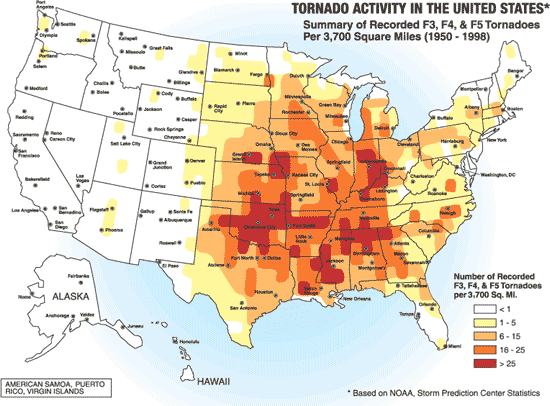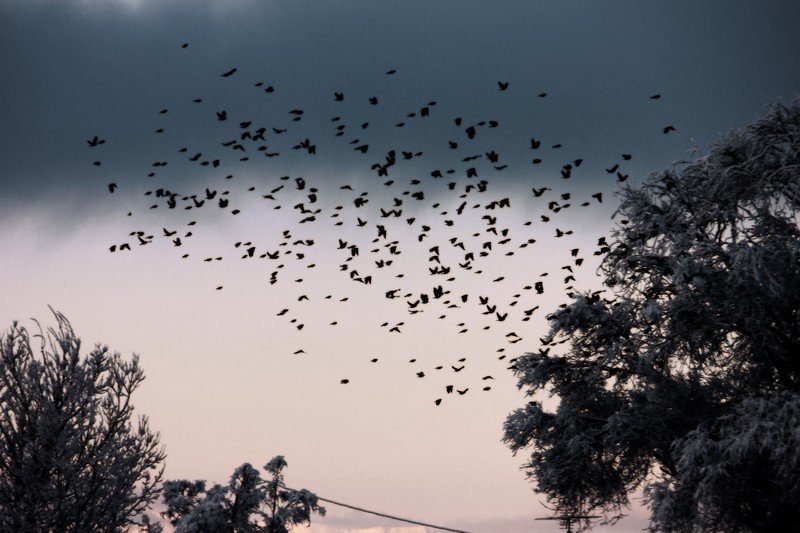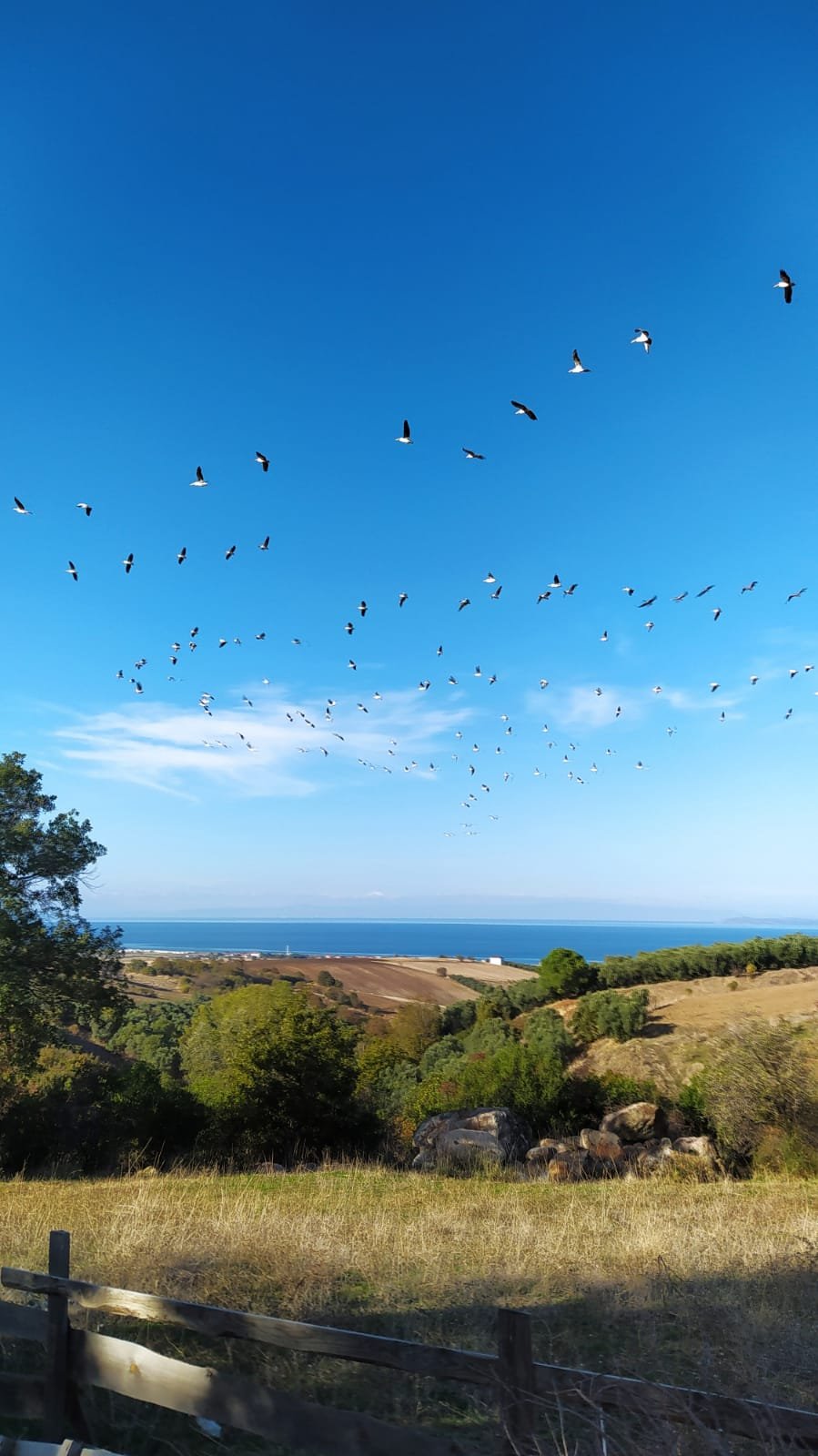Imagine standing in the heart of America’s Tornado Alley, where the sky is a mesmerizing swirl of blues and grays, and the wind hums with electricity. Suddenly, as dusk falls, the air above shifts—not from the threat of tornadoes, but from the beating wings of millions of birds on an epic journey. This is not just a land of storms and chaos. It’s also an invisible corridor, a literal superhighway in the sky, guiding birds on one of nature’s most remarkable migrations. What happens when one of the world’s most dangerous weather zones transforms into a vital passageway for countless feathered travelers? The answer is both breathtaking and deeply connected to the rhythms of our planet.
The Geography of Tornado Alley

Tornado Alley stretches across the central United States, covering parts of Texas, Oklahoma, Kansas, Nebraska, and beyond. This region is famous for its wild weather, with dramatic thunderstorms and whirling tornadoes often dominating the spring and summer months. The flat, open plains provide little resistance to the meeting of warm, moist air from the Gulf of Mexico and cool, dry air from the Rockies. These unique conditions not only fuel severe weather, but they also create the perfect highway for birds. The unobstructed landscape and wide-open skies make it an ideal route for thousands of species heading north or south, depending on the season.
Why Birds Choose Tornado Alley
Birds are instinctive navigators, relying on a mix of environmental cues like magnetic fields, stars, and landscape features. Tornado Alley, with its predictable geography and consistent wind patterns, becomes an obvious choice for migration. The region’s vast expanse of grasslands, wetlands, and waterways provides essential stopover habitats, offering food and rest for exhausted travelers. For birds, it’s like finding a well-lit interstate highway with plenty of rest stops—safe, straightforward, and direct.
Spring Migration: A Race Against the Storms

Each spring, millions of songbirds, waterfowl, and raptors surge northward through Tornado Alley. The timing is a delicate dance. Birds must depart before food supplies dwindle in the south, yet they risk encountering deadly storms as they move north. Imagine a flock of warblers caught in a sudden thunderstorm, battered by hail and fierce winds. Yet, these tiny creatures push on, driven by a powerful urge to reach their breeding grounds. This annual race against the elements is a testament to the resilience and determination of migratory birds.
Autumn Migration: The Return Journey
As summer fades, the same superhighway pulses with life once more. Birds head south to escape the coming cold, many retracing their springtime route. Tornadoes are less common in autumn, but the journey is no less perilous. Chilly nights and shifting winds challenge even the most seasoned travelers. For many species, this migration is a matter of survival—reach the safety of southern habitats, or perish. The skies over Tornado Alley come alive with swirling formations, sometimes so dense they appear on weather radar as great clouds.
Weather Hazards and Bird Survival
Tornado Alley’s reputation for violent weather isn’t just a human concern. Migrating birds face real dangers from sudden storms, strong winds, and temperature swings. Powerful updrafts can throw birds off course or exhaust them. Hail and lightning are deadly threats. Some birds adapt by flying at night, when storms are less common, or by hugging the ground to avoid strong winds. Survival depends on timing, luck, and the birds’ ability to read the sky’s subtle warnings.
How Scientists Track the Migration Highway
Researchers use cutting-edge technology to unravel the mysteries of this migration superhighway. Weather radar, designed to track storms, can also detect huge flocks of birds moving across the night sky. By analyzing radar “blooms,” scientists watch the pulse of migration in real time. Tiny GPS tags, geolocators, and even citizen science projects help map the routes and behaviors of individual birds. These efforts reveal just how crucial Tornado Alley is to the survival of North America’s bird populations.
Key Species on the Move

The skies above Tornado Alley are filled with a dazzling array of bird species during migration. From the tiny ruby-throated hummingbird to the majestic sandhill crane, each has its own journey and challenges. Swainson’s hawks, for example, travel from Argentina to Canada, relying heavily on this migration corridor. Warblers, orioles, and shorebirds all stream through in massive numbers. Every species adds to the spectacle, making the region a living tapestry of wings and song.
The Role of Stopover Habitats

Migration is exhausting. Birds need places to rest and refuel along the way. Wetlands, prairies, and river valleys throughout Tornado Alley serve as vital “pit stops.” Here, birds gorge on insects, seeds, and berries to rebuild their energy reserves. Without these habitats, many would never complete the journey. Conservation efforts to protect and restore these stopover sites are essential for the survival of migratory birds. Think of them as oases in the desert, life-saving sanctuaries scattered along a dangerous road.
The Impact of Climate Change
As our climate shifts, Tornado Alley is changing too. Storm patterns are becoming less predictable, and the timing of tornado season is shifting. This has serious consequences for migrating birds, who depend on reliable cues to guide their journey. Earlier springs, hotter summers, or sudden weather extremes can throw off the delicate timing of migration. Birds may arrive too early or too late, missing crucial food sources. Adapting to these changes is a new challenge for both birds and the scientists working to protect them.
Human Influence and Conservation

People play a huge role in shaping Tornado Alley, for better or worse. Agricultural expansion, urban development, and pollution threaten vital habitats. But there are also inspiring stories of communities working to preserve grasslands, restore wetlands, and create safe passage for migrating birds. Birdwatchers, scientists, and ordinary citizens unite each year to monitor migration and advocate for protection. Their efforts remind us that the fate of these feathered travelers is closely tied to our own choices.
Reflections on a Sky Full of Travelers
Standing beneath a sky filled with migrating birds is an unforgettable experience—a reminder of nature’s grandeur, resilience, and vulnerability. Each fluttering wing is a story of survival and hope. Tornado Alley, so often feared for its storms, transforms into a stage for one of the world’s greatest journeys. Will we do what it takes to protect this miraculous superhighway in the sky?




